Battery-Powered GPS Trackers
Connect more of the assets that matter with our range of GPS trackers with long battery life.


Company: John Holland
Website: https://www.johnholland.com.au/
Country: Australia
Industry: Construction
Connectivity: LTE-M
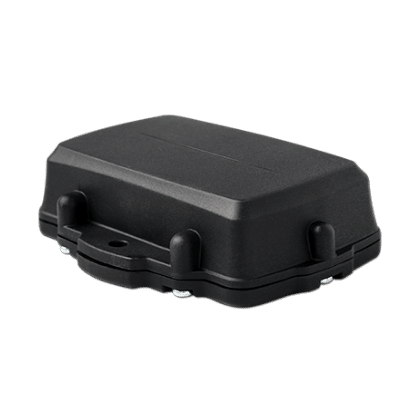
Oyster3
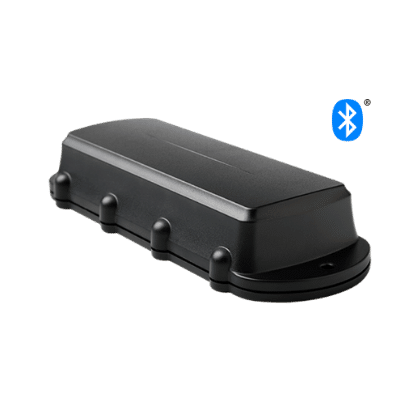
Remora3
Founded in 1949, John Holland is a leading engineering, contracting, and service provider operating across Australia and New Zealand, ranging from some of the most hostile and remote environments to the most densely populated urban centers. John Holland prides itself on finding innovative solutions to complex problems.
From infrastructure to rail and building, John Holland projects generally involve the movement of tens of thousands of metric tonnes of spoil throughout the lifetime of each project.
Any excess dirt, soil, or rubble that is contaminated or unfit to be re-used is defined as spoil/waste. Spoil/waste must be removed from the worksite and disposed of correctly. The correct disposal of spoil/waste is heavily regulated within jurisdictions John Holland operates to ensure these materials (sometimes contaminated) are not illegally disposed of.
“Conventional processes for spoil tracking are labor-intensive, time-consuming and carry with them considerable risks of delay, overcharging, illegal spoil dumping, and missed spoil re-use opportunities,” says Fazil Hassan, Digital Development, John Holland.
The process requires the manual recording of thousands of records to track:
The resource-intensive and human error-prone process of spoil tracking prompted John Holland to develop SpoilTRAC, an IoT system designed specifically for the unique requirements of John Holland projects.
Utilizing the Remora and Oyster battery-powered GPS asset tracking devices, the SpoilTRAC system tracks spoil movement from extraction to disposal efficiently and accurately in real-time.
Ultra-rugged and robust in design, the battery-powered devices are mounted on heavy equipment to collect data on excavation and disposal locations.
Because the devices are generally mounted onto contractor’s equipment, John Holland required wire-free devices that were easy to install, remove, and transfer across equipment when required.


Designed for low-power operation, the Oyster and Remora utilize the latest in low-power cellular connectivity (LTE-M and NB-IoT) and a range of intelligent power management features to significantly reduce battery changes and operating costs. In addition, the devices feature built-in battery life monitoring to alert John Holland when batteries are low or critically low, ensuring no data is lost.
Tip Detection on the devices allows John Holland to determine when and where a vehicle unloads spoil.
An unload location is logged when the device’s gyroscope position is within a pre-determined tilt position, which represents the truck tilting its tray. The location data from the load and unload events is then compared with geofence datasets to attribute the type of soil being transported (clean, contaminated, etc) and the name of the disposal location.
Both licensed landfills as well as all construction zones on John Holland projects are all also geofenced and tagged with the correct soil classification, enabling illegal dumping alerts if trucks carrying the soil tip outside of regulated areas.
With flexible integration options, comprehensive documentation, and regional technical support, integrating devices into the SpoilTRAC platform was also streamlined and managed with our Device Management Platform.
In addition to integration, Device Manager allows John Holland to securely connect, provision, update, and monitor their devices over-the-air at scale, simplifying device management and deployments.

SpoilTRAC Platform
Example of Spoil Tracking Events
The development of SpoilTRAC has provided John Holland with a time-effective and cost-efficient means to record tracking data for spoil.
“The real-time confirmation of spoil type, amount, and disposal location means we no longer have to wait 1-4 months waiting for information from our subcontractors to see if we have managed our spoil/waste appropriately,” says Tham Gunasekera, Senior Environmental Advisor (EA), John Holland. “Instant notification of an incorrect spoil disposal incident can also save between $1600 – $4000 per single dump truck load per incident.”
The platform also provides easy access to spoil movement data which can then be used to compare and validate contractor invoicing and presents an opportunity for improved sustainability outcomes by spoil reuse between projects and optimizes plant and personnel utilization.

Related Case Studies
Battery selection plays an important role in determining how well a data logger performs in the field. This is especially important in challenging thermal environments or in scenarios where the data logger needs to power demanding sensors.
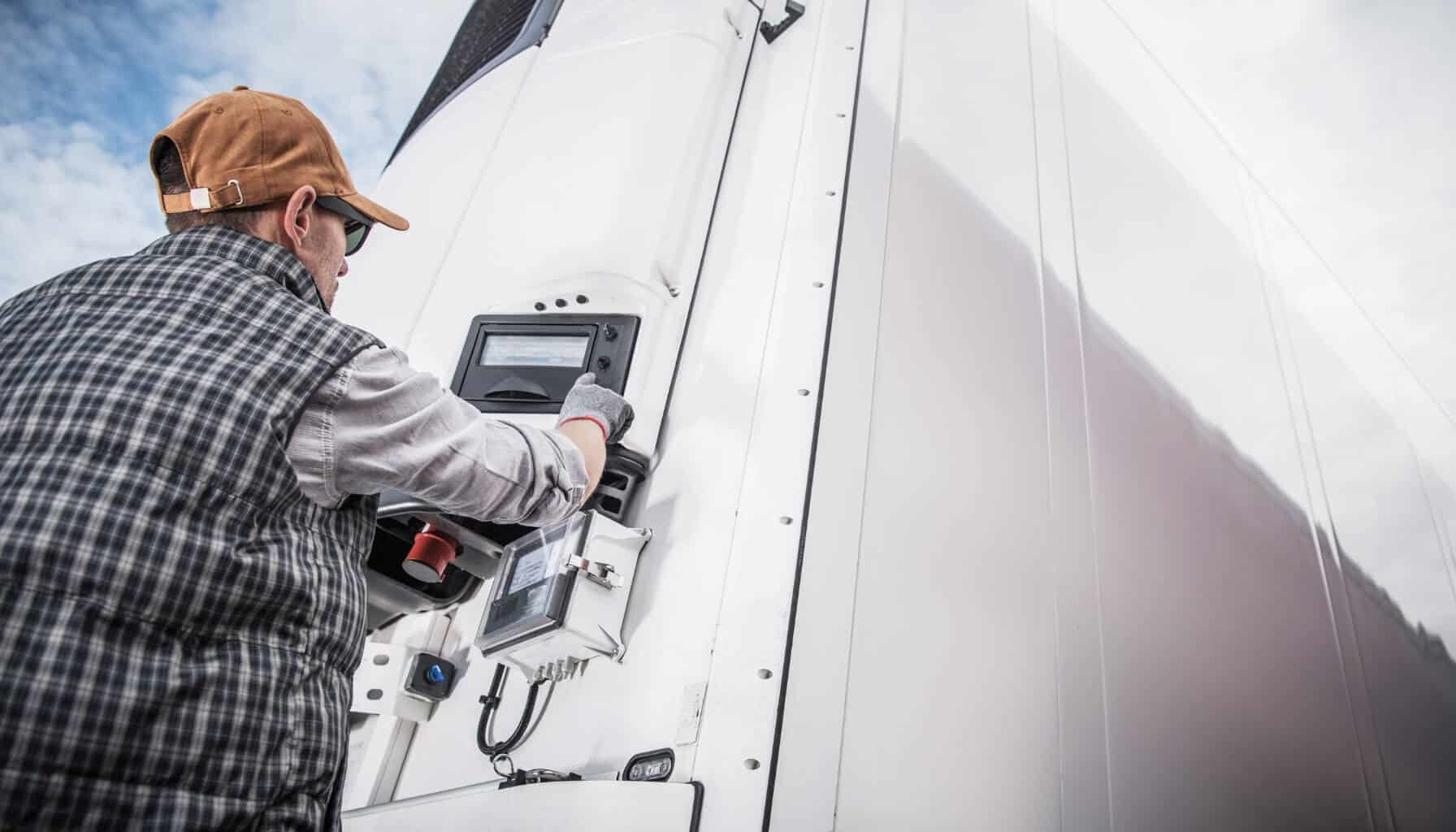
Related Case Studies
In today’s world, the need for precise sensor monitoring is becoming more and more prevalent. Temperature and humidity sensors are among some of the monitoring tools that play a pivotal role in maintaining optimal conditions for many industries, from cold chain logistics, healthcare, all the way to agriculture. This article will explore the fundamentals of temperature and humidity monitoring, the technology, applications, and role of data loggers for communicating temperature and humidity data.

Related Case Studies
What is an NB-IoT Data Logger? Data and real-time insights allow businesses to optimize operations, monitor conditions, and make informed data-driven decisions. NB-IoT data loggers play a pivotal role in ensuring businesses are equipped with the right data, at the right time. NB-IoT data loggers allow for wireless, remote data collection from sensors, allowing businesses to capture integral data without any manual effort.

Related Case Studies
Agriculture is rapidly evolving with the integration of IoT technology, enabling farmers and agribusinesses to optimize operations, increase yields, and enhance sustainability. By leveraging remote sensors and data loggers, such as the Hawk, agricultural professionals can gain real-time insights into environmental conditions, equipment usage, and livestock movement to make data-driven decisions.
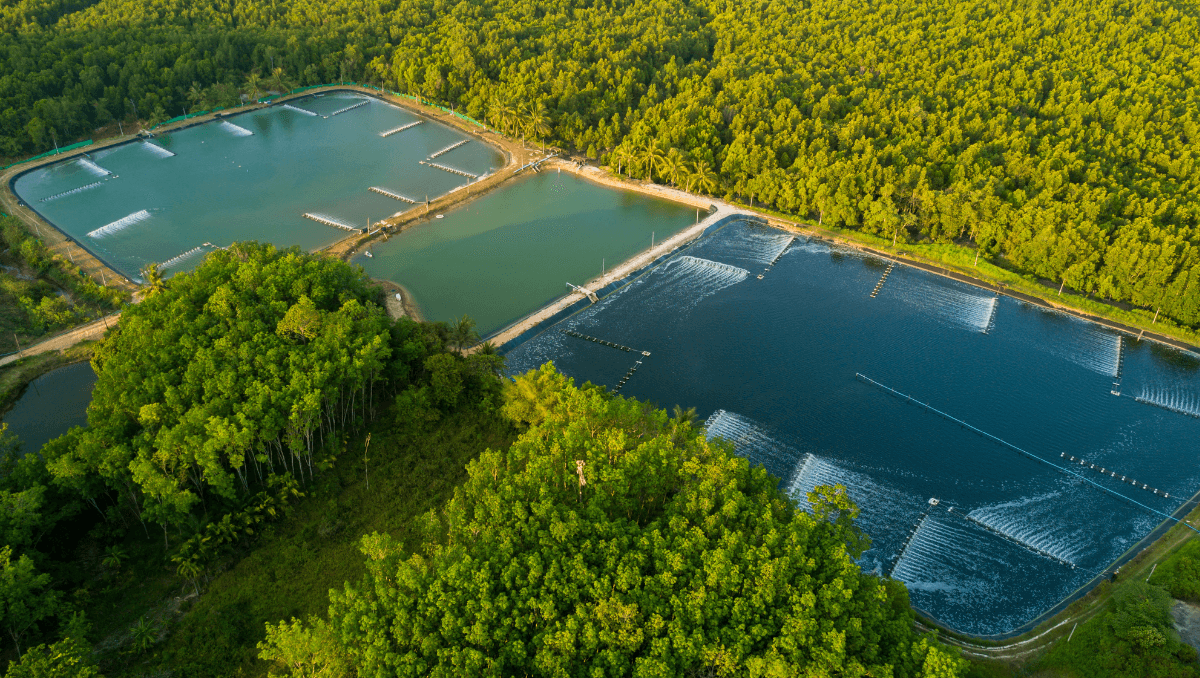
Related Case Studies
IoT plays an integral role in the modernization of smarter water management, allowing for greater efficiency, improved resource allocation and, enhanced sustainability. Learn how IoT has improved water management practices and discover the technology making this possible for industries around the world.
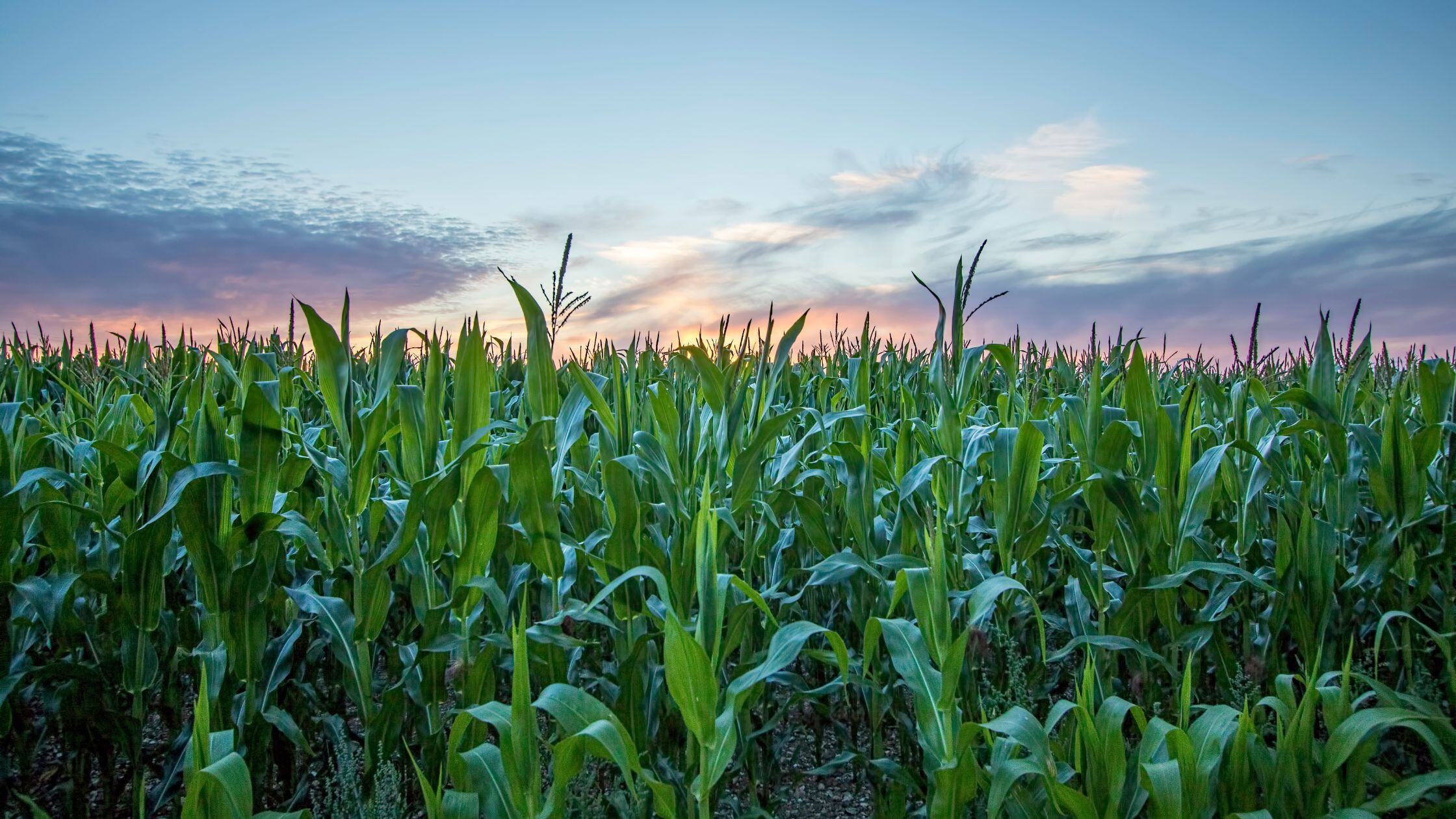
Related Case Studies
A Bluetooth® data logger can be used in sensor monitoring, utilizing Bluetooth Low Energy (BLE) to read data captured by a variety of sensors and tags. Bluetooth technology offers a cost-effective, energy-efficient solution for remote sensor monitoring, with its' low power consumption and ease of deployment. Discover the various sensors that utilize Bluetooth technology, their practical applications, and how they compare with other wireless solutions.

Related Case Studies
We have iterated on the low-power design DNA that permeates our entire product range to create a Hawk that can run for years using low-cost, Alkaline D Cell batteries.
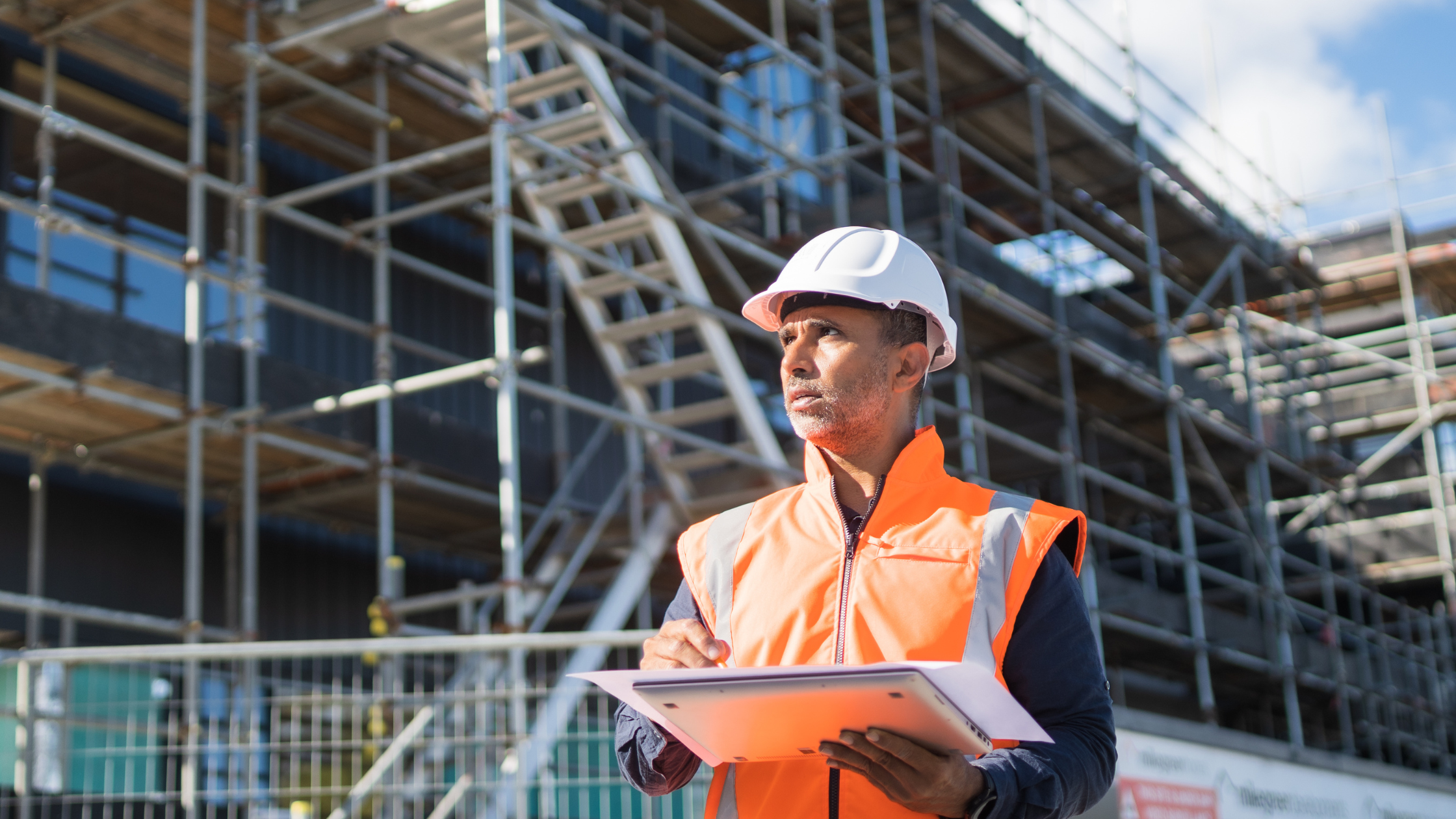
Related Case Studies
Remote task management leverages IoT technology to facilitate the real-time control and monitoring of devices and systems. Utilizing IoT sensors, a series of parameters can be remotely monitored from anywhere in the world, with data sent to a designated end-platform for analysis and task automation.
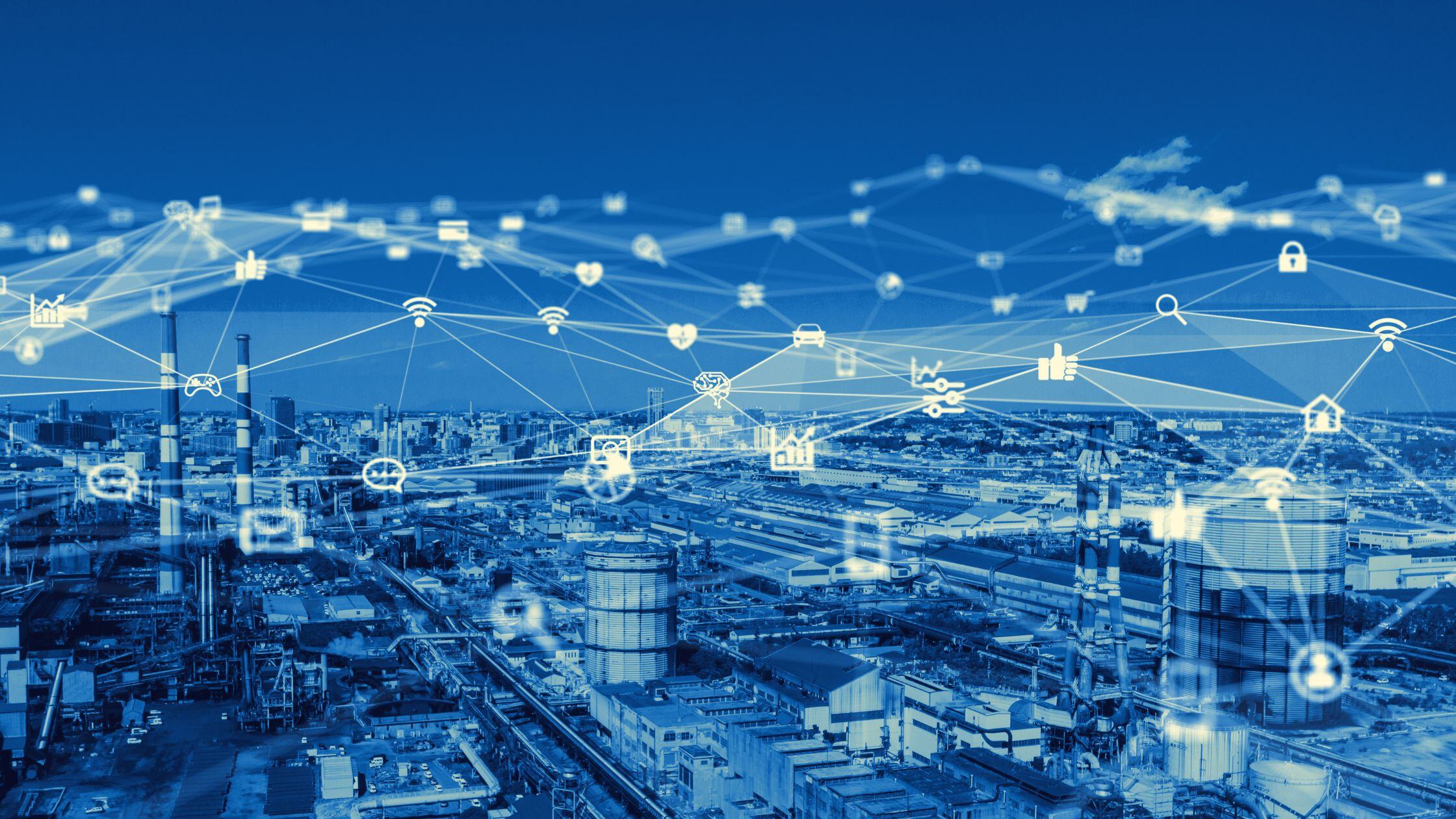
Related Case Studies
Modbus protocols are utilized in many industries such as industrial automation, building automation, and utility. Modbus offers an intuitive master-slave architecture that provides crucial data that aids in making timely decisions. Modbus remains a cornerstone in sensor monitoring due to its reliability, ease of implementation, and broad industry acceptance. Modbus data loggers help translate the data captured from Modbus protocols into a cloud-based platform to allow for remote monitoring.
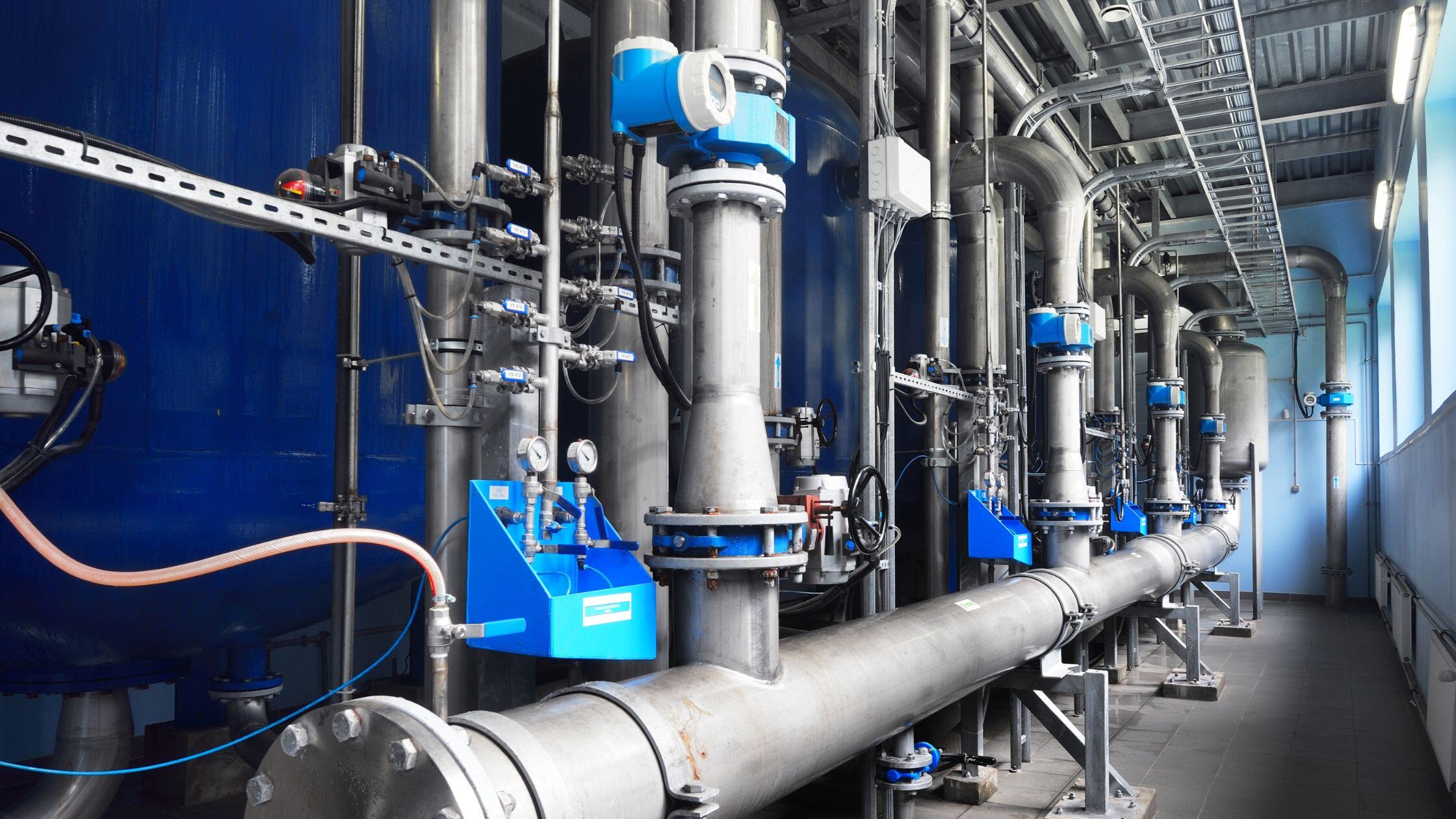
Related Case Studies
Water pressure management refers to monitoring and controlling the pressure within water systems. These systems comprise three components: a sensor, a water pressure datalogger, and a cloud-based platform.
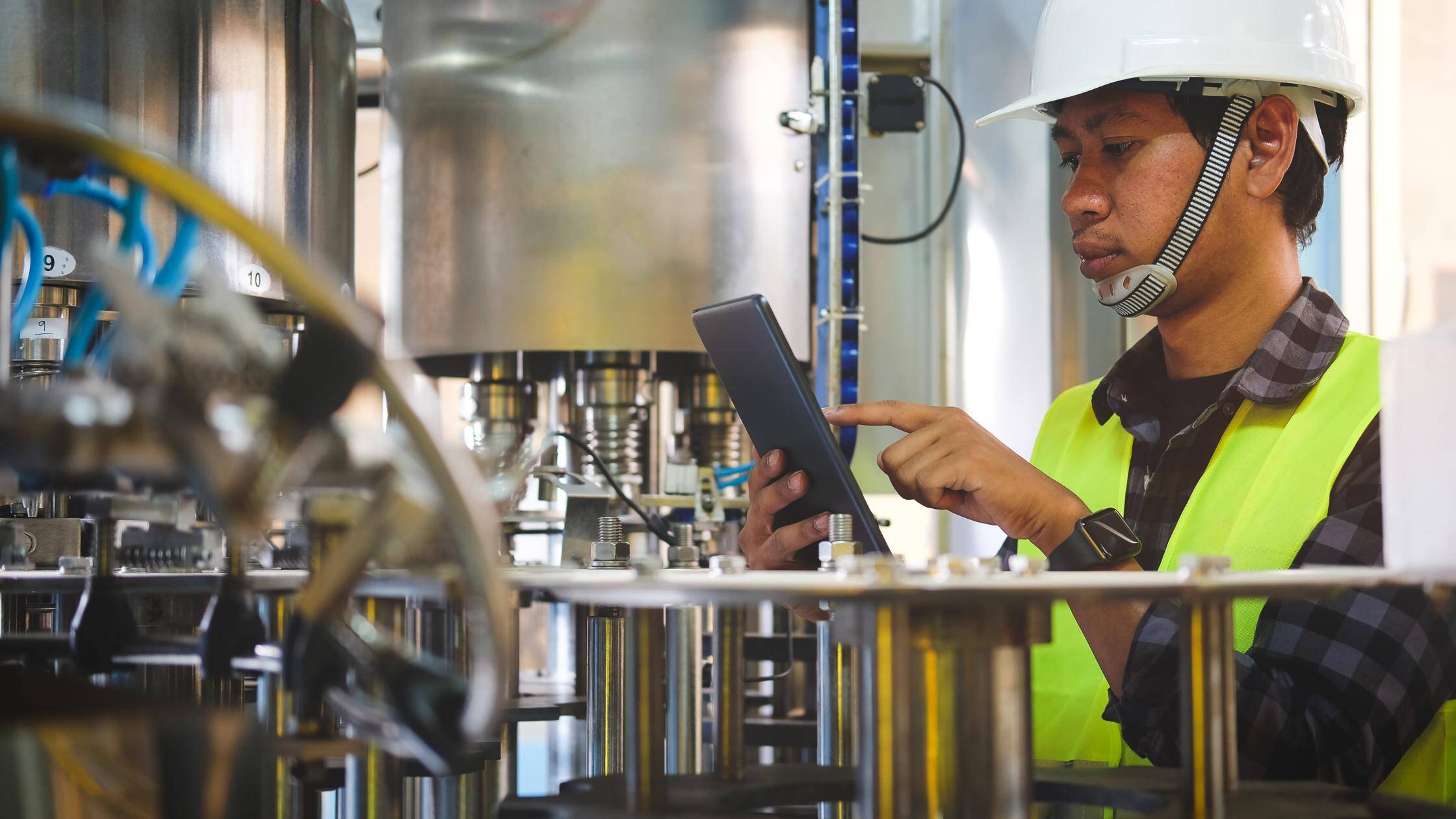
Related Case Studies
RS-485 is essential in industrial and building management systems, offering reliable long-distance communication and multi-device support. Its robust features ensure efficient sensor monitoring and data transmission in various applications, from automation to utility networks.
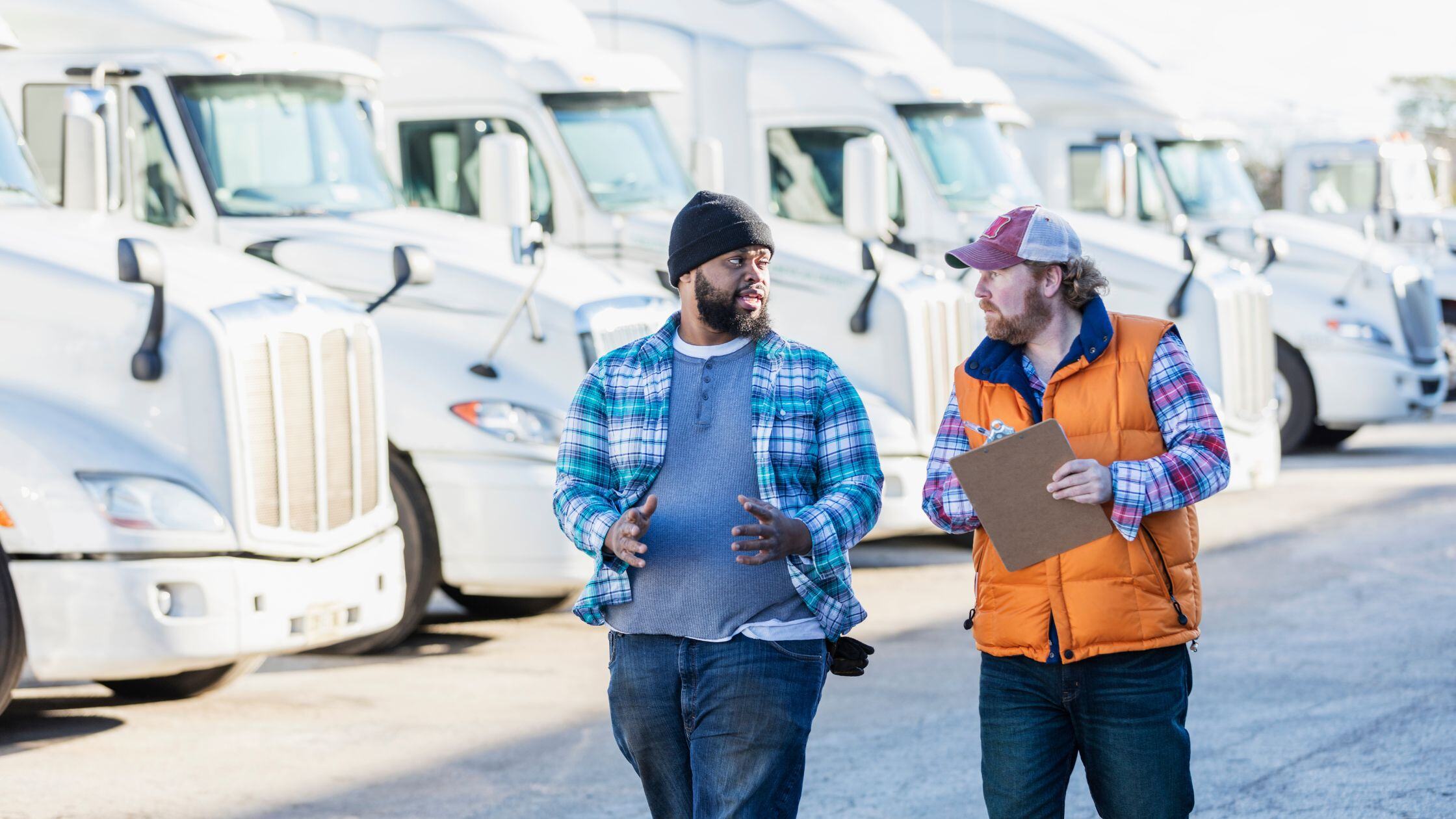
Related Case Studies
Explore how IoT remote monitoring is utilized in industries such as agriculture, healthcare, environmental management, and more. Remote monitoring paired with a data logger offers near-real-time insights into crucial data from a remote location. Ensuring timely decision-making and improved operational efficiency.